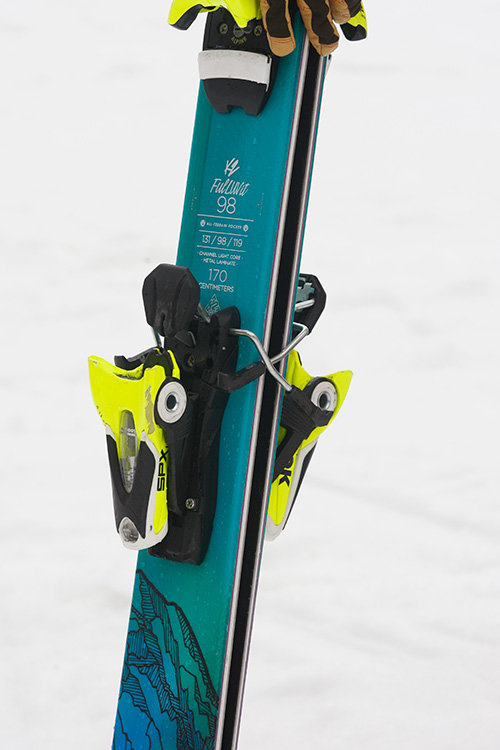Bindings Made Simple
Bindings are rugged little devices, but like any mechanical unit they can wear out quickly if not kept clean and lubricated.
At the beginning of the season, do a binding check. Annual shop inspections of the ski/boot/binding system will reveal any deviations in the release system that may require a binding to be re-set or retired if it won’t release within a standardized range.
After a given binding model has been off the market for several seasons, the binding company’s liability insurer can decline indemnity coverage for a model it deems obsolete due to its age and likely condition. If shop personnel inform you they “can’t work on this binding,” they’re acting within established guidelines over which they have no control. No matter how much you once loved them, if your bindings are no longer indemnified, it’s time for them to go.
–Jackson Hogen

Do:
- Determine your binding setting. It’s based on height, weight, age, boot sole length and skiing style. Any shop tech can help you do this in about 10 seconds.
- Pick a binding with your setting number (often called a “DIN” number) near the middle of the binding range. If your setting is “6,” a binding with a 3 – 10 scale should be fine.
- Ask a salesperson about any special features that may make one binding more suitable for you than another.
Don’t:
- Continue to use a binding the manufacturer no longer indemnifies.
- Use a boot with a touring sole or walking sole that’s incompatible with your Alpine bindings.
- Use a boot with worn-out soles.
- Mix a child’s normal boot sole with an adult binding.

